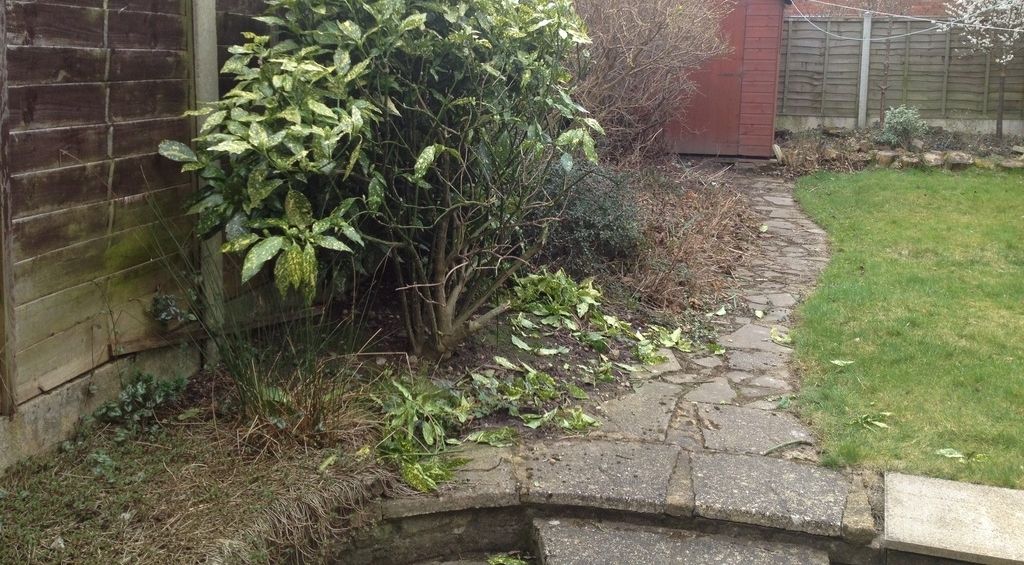The sum of my gardening skills and knowledge come down to being able to mow the lawn.
We have a crazy paving path from one end of the garden to the other that curves. On the left is some soil with shubbery and whatnot and on the right is the lawn. At the moment, the way the path curves, I can't get into the shed without stepping on the soil. The soil has also started falling onto the crazy paving path, making it more difficult.
I've drawn a crappy ms paint drawing to show what I mean. What I'd like to do is remove some of the excess soil and lay down a brick wall maybe two or three bricks high (red line on diagram). In the future, I would then want to remove the nasty crazy-paving bricks and put down a proper path to walk on. Even just a straight line of concrete slabs would look better than what's there at the moment.
I can dig up the soil and make a straight line but what do I stick the bricks on top of? I don't want the wall falling over the moment someone steps on it. How deep should I begin the wall? I imagine I'll have similar issues with the paving.
Any help is appreciated.
We have a crazy paving path from one end of the garden to the other that curves. On the left is some soil with shubbery and whatnot and on the right is the lawn. At the moment, the way the path curves, I can't get into the shed without stepping on the soil. The soil has also started falling onto the crazy paving path, making it more difficult.
I've drawn a crappy ms paint drawing to show what I mean. What I'd like to do is remove some of the excess soil and lay down a brick wall maybe two or three bricks high (red line on diagram). In the future, I would then want to remove the nasty crazy-paving bricks and put down a proper path to walk on. Even just a straight line of concrete slabs would look better than what's there at the moment.
I can dig up the soil and make a straight line but what do I stick the bricks on top of? I don't want the wall falling over the moment someone steps on it. How deep should I begin the wall? I imagine I'll have similar issues with the paving.
Any help is appreciated.




